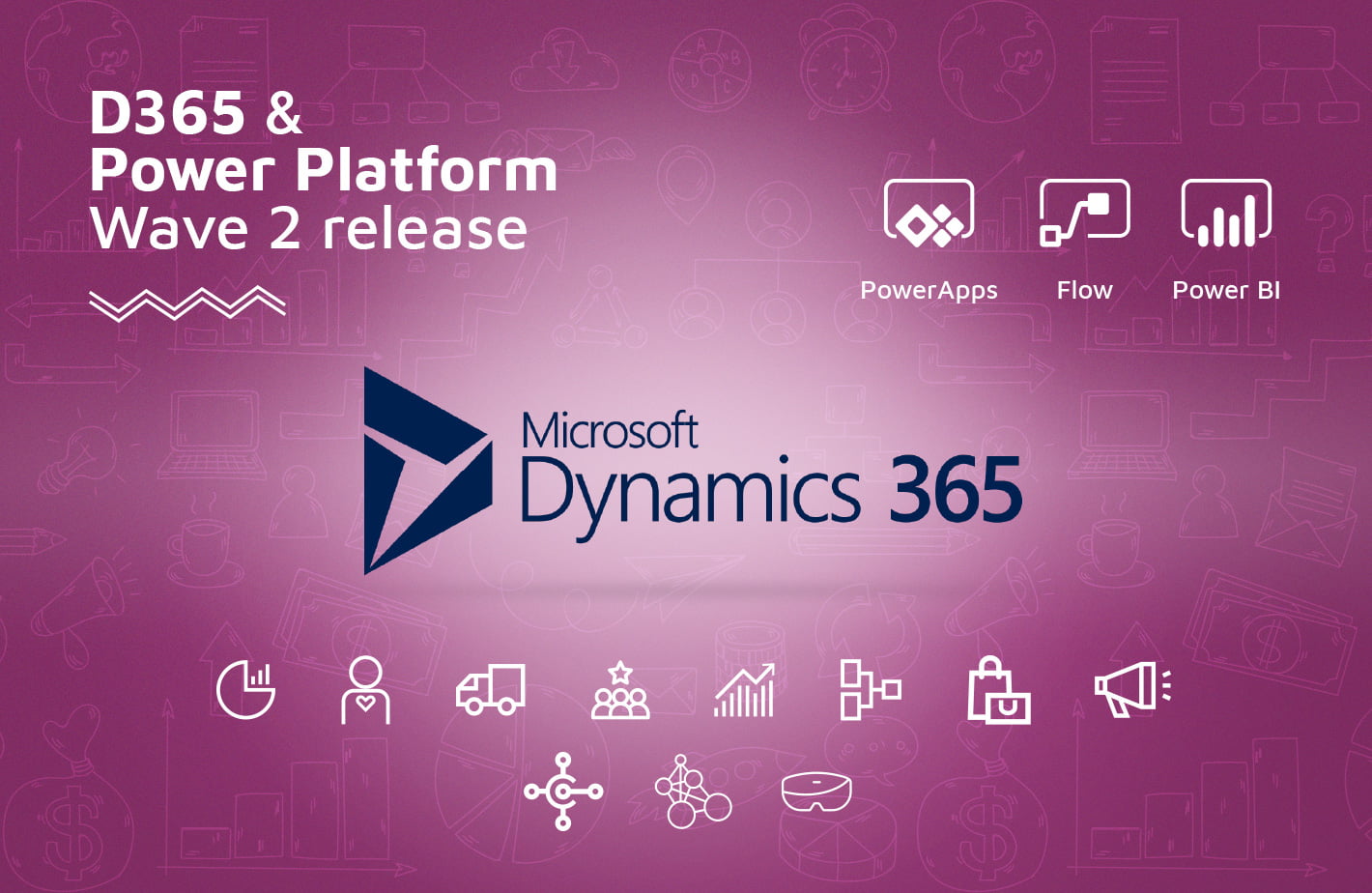Author: Roopak Shrestha
Microsoft announced its Wave 2 product release plan for Dynamics 365 and Power Platforms on June 10. Starting October 1, 2019, the Wave 2 release updates will begin rolling out through until March 2020.
As a part of this release, Microsoft has highlighted new AI capabilities to enable your business with advanced insights, faster performance, and better outcomes.
We have broken down the updates in a series of blog posts, meanwhile, we have highlighted 7 best picks from the Wave 2 release plan in this blog.
AI capabilities in Reporting Tools
Microsoft’s business intelligence and reporting tool Power BI is getting new AI capabilities in the next release. With the AI capabilities users can now be offered “actionable insights” to aid innovation, efficiency improvements, and business decisions.
There is also significant update in Power BI’s natural language capabilities. With this new feature, you can now train and improve your Q&A so it understands and adapts to natural language to improve accuracy and overall speed.
It’s now also powerful enough to spot words in images and decipher hand written text using the likes of OCR – increasing the sources of data it can use.
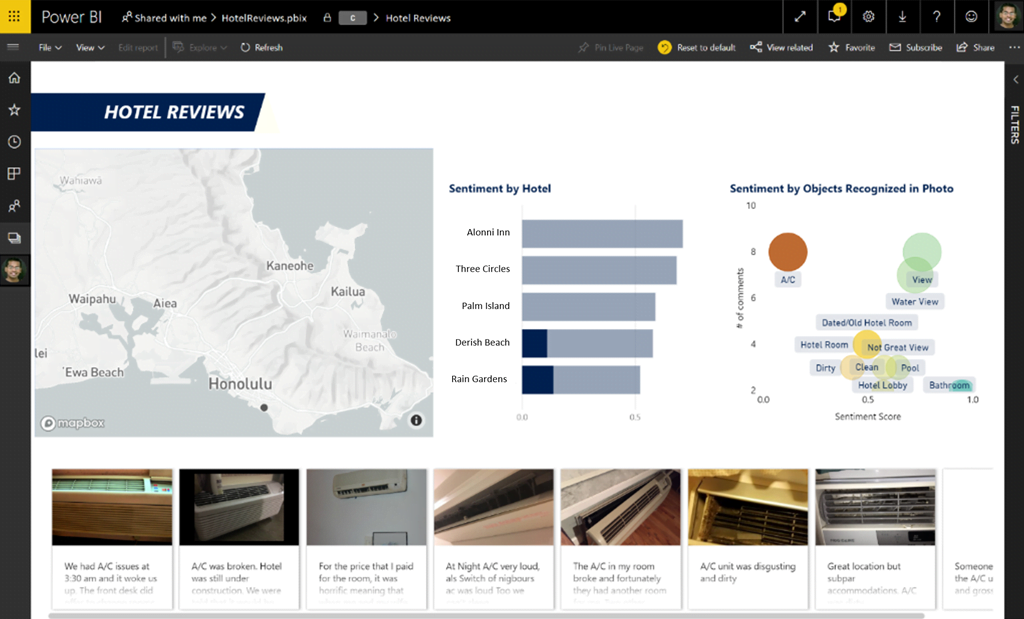
Chatbot Integration with Customer Service
This new feature uses artificial intelligence to configure powerful bots in Dynamics 365 Virtual Agent for Customer Service. With the introduction of this feature, your customer service agents will be able to automate routine conversation to chatbots, letting the agents focus on other important interactions.
It integrates Chatbots with customer service agents, which allows the virtual agents to route the conversation to customer service agents if it can’t handle the queries. The virtual agent provides complete context to your customer service agents by displaying the whole transcript of the conversation to date.
It is easy and rapid to deploy using a no-code, guided graphical UI and can be embedded in a website within just a few clicks. With artificial intelligence and simplified configuration, Microsoft expects this new feature to improve both the customer service efficiency, quality and overall customer experience.

Improving email communication via Dynamic 365 for Sales
Email communication is now a core tool for a busy sales team. Dynamics can now both aid efficiency and bolster email quality. Within Dynamic 365 for Sales, your sales team can now compose emails, draft email with the context of the record you are working on, navigate between records, and draft multiple emails at the same time.
A new rich text editor feature is added in D365 for Sales, which overlays an email composition screen on top of the existing form, allowing your salespeople to compose an email without having to navigate away from the screen they are on. They will also be able to add attachments and preview the content before sending them.
Another additional feature — the non-blocking window feature –will give you all the relevant content at a glance, while you compose your email. This will help your salespeople to compose more thoughtful emails and help them stay on the top of their emails.
A/B testing in Dynamics 365 for Marketing
Since its inception in April 2018, Dynamics 365 for Marketing is growing from strength to strength and turning into a one-stop solution for all the marketing activities. As the marketing process is getting more and more sophisticated, Dynamics 365 for Marketing is adding more capabilities to it with each passing product updates.
One of the features to look forward in the Wave 2 release is the introduction of A/B testing; that is testing several variations of your email designs to gauge which will produce the best results. Once you create multiple version of email designs, the system automatically segments your email list and sends a different version of the message to each group. This would allow you to understand which email works best for your targeted group.
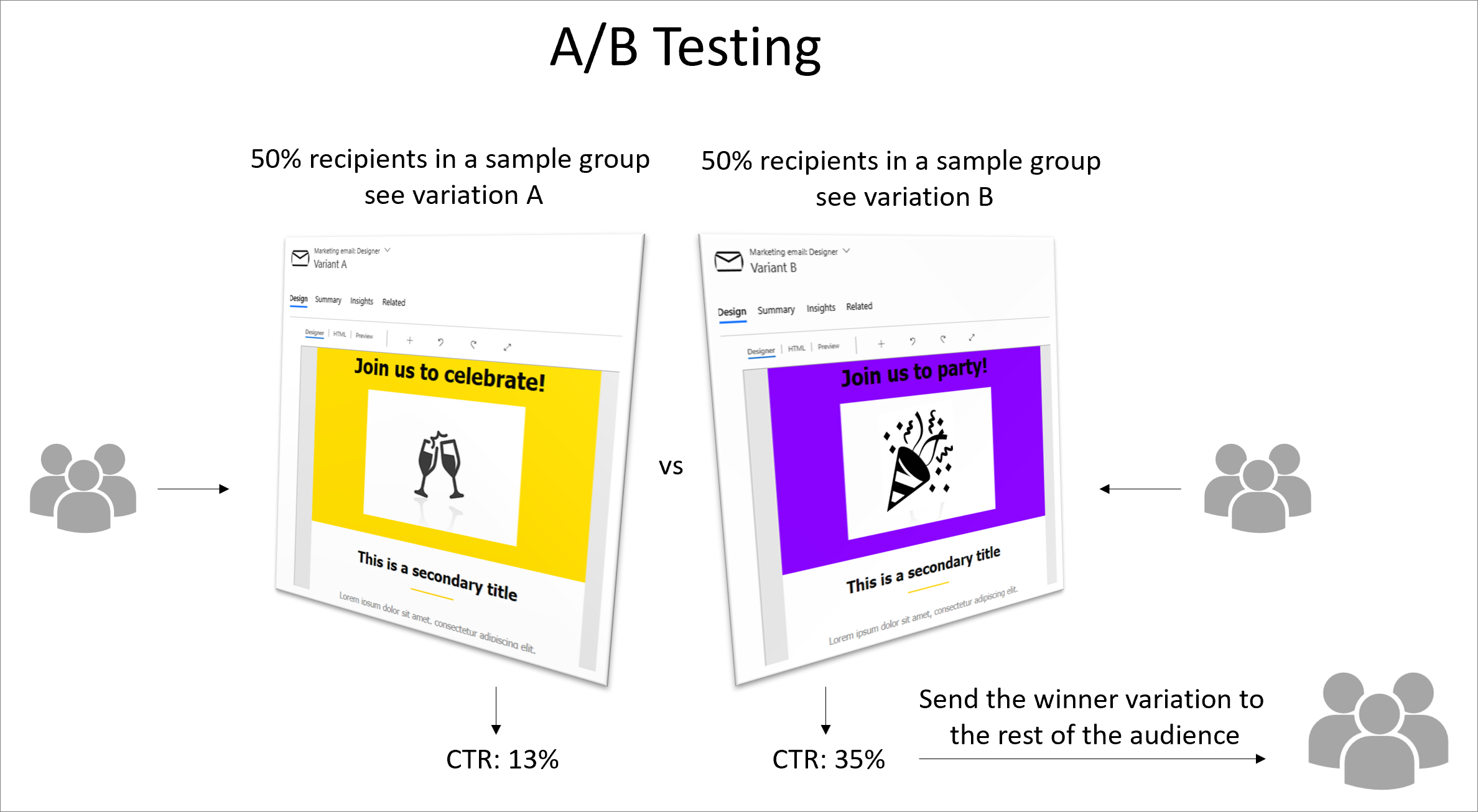
AI Builder in Apps and Automation Processes
One of the most interesting features to look forward this October is the AI Builder for PowerApps and Flow. This upcoming brand-new feature includes a no-code capability that helps leverage the power of AI and machine learning to make your apps and automation process smarter and more intelligent.
With this, AI can be added without the need for costly programming or data science. AI can be added directly into PowerApps and Microsoft Flow simply and cost effectively.
For example, business card reader capabilities can be integrated in PowerApps. This feature can scan a business card and extract the information directly to your marketing or any other list. Emails can then be automatically sent to the Lead.
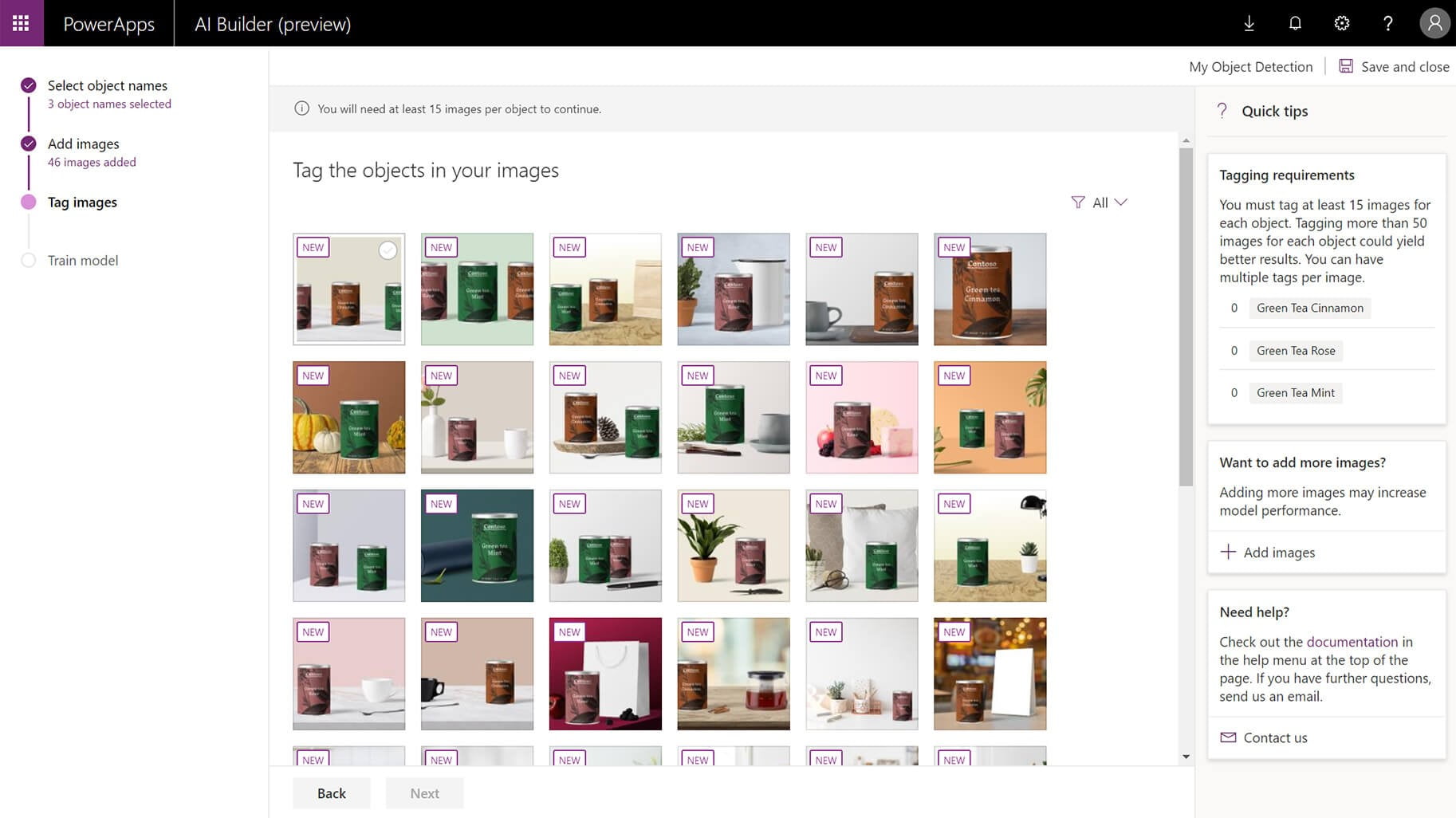
Blockchain in Power Platforms
The addition of Blockchain capabilities in Power Platforms is a significant milestone of the Wave 2 updates. In simplest terms, Blockchain is a secure, shared, distributed transaction ledger database that decentralises data, eliminates the need for trusted third parties, and enables the anonymous exchange of digital assets like those used in cryptocurrencies.
Blockchain technology can be used to bring transparency to your business processes across your multiple business partners. Microsoft was quick to introduce the Azure Blockchain development kit for Ethereum blockchain back in May. Its addition will assist developers in creating an app using Blockchain-as-a-service platform.
Now with this impending update, using Blockchain is easier than ever with the ability to write low-code applications through Power Platforms. Applications can be built that can easily create verifiable workflows that pull data from every point in the business process across the value chain.
PowerApps Portal
With this brand-new feature, you can create a new type of app called ‘Portal’ to build a fully responsive and low-code website through PowerApps. On the top of that, this feature will allow you to share the website to external users like your customers, partners, vendors, etc. who can sign in with a wide variety of identities, or even browse the website anonymously.
You can also integrate PowerApps Portals with other Microsoft service like Power BI embed, Microsoft Flow, SharePoint, and Azure Application Insights to enhance your portal with rich content and provide a more personalised experience to your customers. You will get full capabilities of Dynamics 365 for Customer Engagement Portal with this feature within PowerApps.
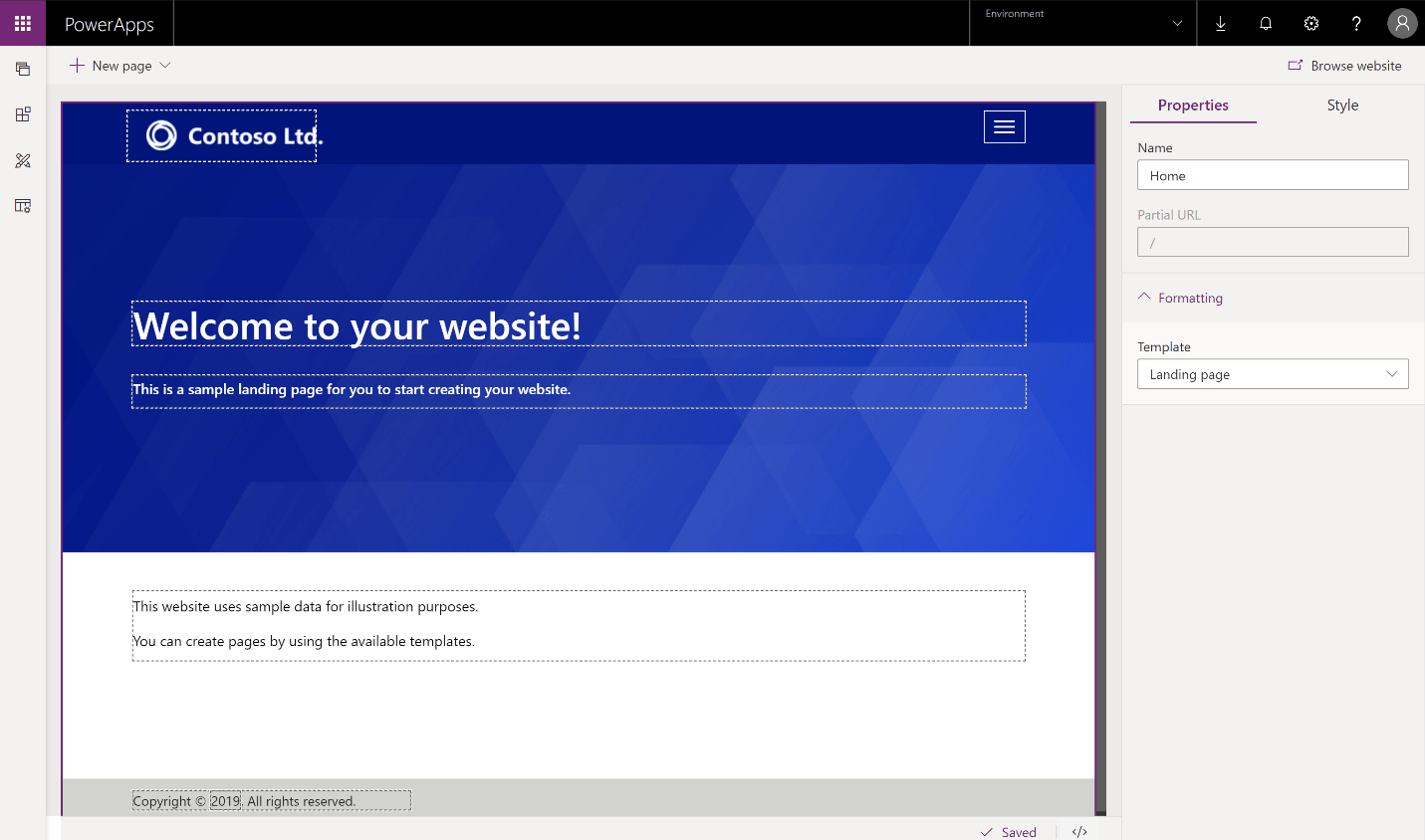
Release Dates
Admins will gain early access to test the new features on August 2. While the general availability for the 2019 Wave 2 Release will see new features being rolled out starting from October through to March 2020.
What’s Next
We highlighted 7 interesting and anticipated features in this blog post, but there are lots more to it. We will write about the new features in each application areas in the coming weeks and as new releases are available for preview.
In the meantime, if you would like to find out how you can take advantage of the latest updates within your organisation, contact us today for a no-obligation consultation on 01296 328 689. Or email us at info@seelogic.co.uk.

